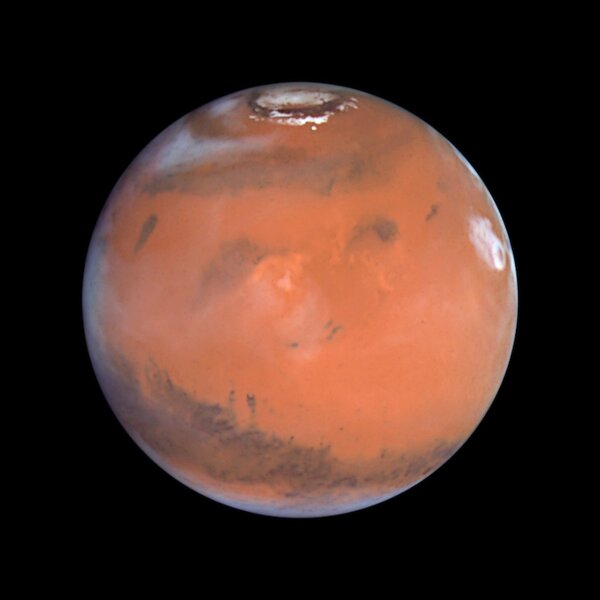Manned mission to Mars: Will astronauts hibernate their way to the Red Planet?
Loading...
With travel to Mars taking upward of 180 days – one way – NASA is considering the possibility putting astronauts into a medicated deep sleep for the trip.
Torpor, a state of reduced physiological activity, would reduce astronauts’ metabolic functions, and costs, according to a NASA-backed study conducted by Atlanta-based aerospace engineering firm SpaceWorks Enterprises. The physical inactivity paired with intravenous feeding might mean a crew could essentially be put in hibernation during transit to Mars.
Torpor occurs naturally when a human experiences hypothermia, but hospitals have been using it to treat patients for more than three decades.
“Therapeutic torpor has been around in theory since the 1980s and really since 2003 has been a staple for critical care trauma patients in hospitals,” aerospace engineer Mark Schaffer of SpaceWorks Enterprises told the International Astronomical Congress in Toronto this week, according to Discovery News. “Protocols exist in the most major medical centers for inducing therapeutic hypothermia on patients to essentially keep them alive until they can get the kind of treatment that they need.”
Taking measures to reduce human activity are prompted by questions of how to minimize the crew “footprint” on space habitat architecture. Theoretically, sleeping astronauts would require less food, water, and oxygen, thus significantly cutting the price tag on a six month journey. It could also eliminate ancillary crew accommodations including food galley, exercise equipment, and entertainment.
But the longest period a patient has ever been held in torpor has been limited to two weeks, according to the report.
“For human Mars missions, we need to push that to 90 days, 180 days. Those are the types of mission flight times we’re talking about,” Schaffer told Discovery News.
Humans who have undergone multiple torpor induction cycles have reported no negative or detrimental effects, according to the SpaceWorks study.
The study indicates a fivefold reduction in the amount of pressurized volume and a threefold reduction in mass required for a crew. A crew in stasis could almost halve baseline mission tonnage requirements to about 220.
The approach is based on extending the current and evolving medical practice of therapeutic hypothermia, a proven and effective treatment for various traumatic injuries that lowers a patient’s body temperature by 5 to 10 degrees Fahrenheit causing their metabolism to reduce significantly and the body to enter an unconscious state.
The Mars-bound astronauts would then be intravenously fed a mixture containing all essential nutrients for a human to function through a process called total parental nutrition (TPN). Muscle atrophy could be remedied through automated physical therapy tools and neuromuscular electrical stimulation (NMES).
The crew would be cycled in and out of stasis such that one crew member is conscious at all times during the transit, yielding minimal impact to the habitat.
The study also pointed to potential psychological benefits for astronauts:
“It is reasonable to assume that the crew’s mental well-being will be substantially improved by effectively eliminating the 400 days spent in transit to and from Mars. They will enter the torpor state upon Earth departure and awake in Mars orbit approximately 200 days later. This can avoid many of the challenges with crew compatibility, potential interpersonal conflicts, boredom, and depression.”
Although more research and review is still required, to date, the team has found no “show-stoppers.”





